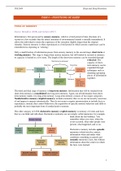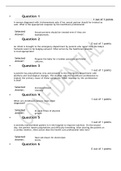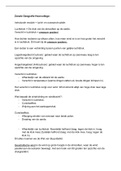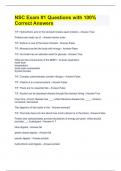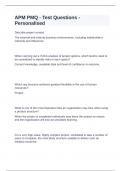Samenvatting
Summary PSY3349 - Sleep and sleep disorders - Task 6
Complete and elaborate summary of the sixth and last task of the elective course PSY3349 - Sleep and sleep disorders. Summary contains all resources on the reference list, including figures.
[Meer zien]
